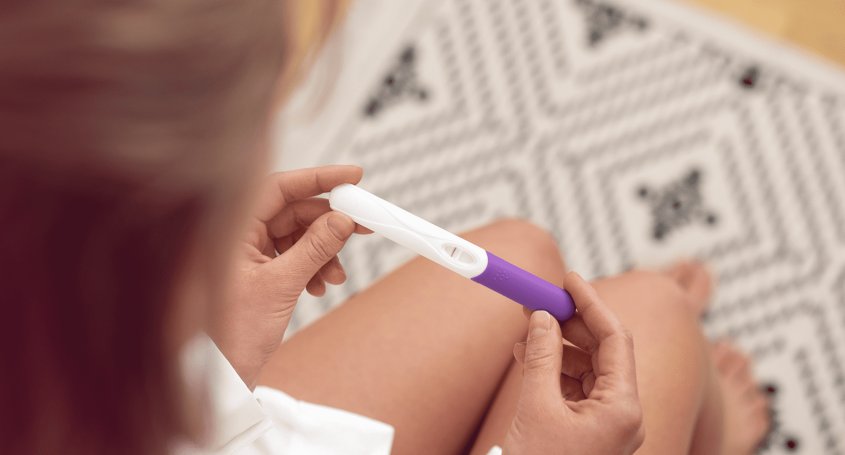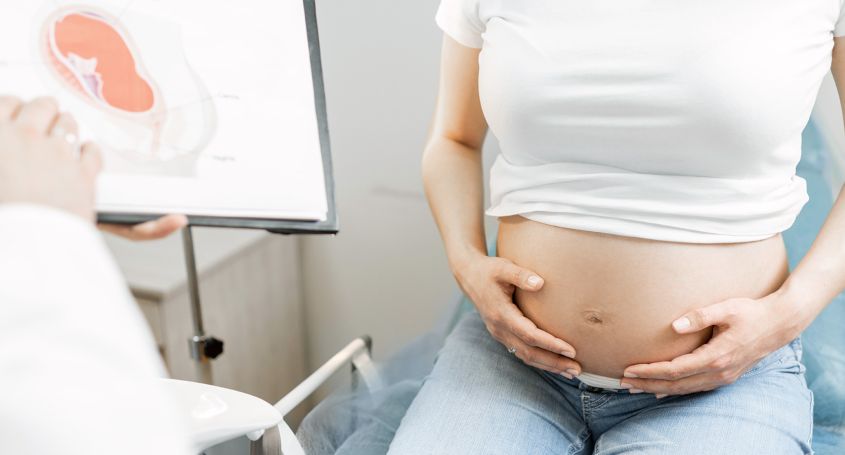How sperm get into the zona of an oocyte
18 / 06 / 2014
Before it can fertilize an egg, a sperm has to bind to and bore through an outer egg layer known as the zona pellucida. Despite decades of research about fertility, some of the biological mechanisms behind this process remain unclear. A study in The Journal of Cell Biology now identifies the protein in the zona pellucida that sperm latch onto.
The zona pellucida protects the egg and the early embryo before implantation. Its structure seems simple, but researchers haven't been able to identify the sperm's binding partner in the layer, although their suspicions have fallen on two of the glycoproteins, ZP2 and ZP3.
To find out more, researchers engineered mice to produce various combinations of human and mouse zona pellucida glycoproteins. Mouse sperm didn't bind to the zona pellucida if it was missing ZP2, and female mice lacking the protein were sterile. The researchers also found that sperm couldn't latch onto eggs if ZP2 was missing a key region at the beginning of the protein. This result confirms the importance of ZP2.
0 Comments
Leave a Reply
We receive many queries and it is not possible for us to provide a personal response to all comments. We will try to answer as soon as possible. In the meantime, we invite you to check our FAQ in case they can help you.














